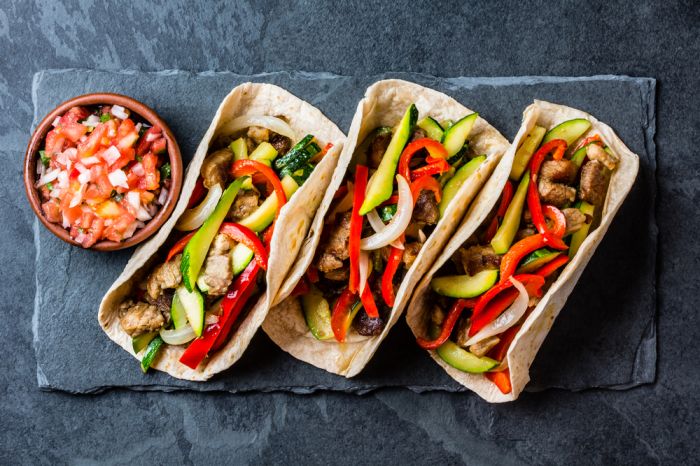On Thursday, we are celebrating the Fourth of July. Happy Fourth! On July 4, 1776 (or rapidly after that), the representatives of the United States of America adopted the Declaration of Independence. The Declaration ended best in one form of a hyperlink with England, especially the political and prison ties. The newly created state had no desire to dissolve its linguistic reference to England or several cultural connections. English regulation and the English language were and are nearly universally sought after. The founding fathers might have seized the opportunity to declare independence from English meals. However, by 1776, it was too late.
English-speaking colonists occupied the East Coast of the USA for a century and a half. These colonists followed English culinary policies inside the new usa. They had recreated the type of cooking to which they were accustomed. However, the foods they observed in America had been unknown in England. A new and distinctive cuisine will be built on these from time to time strange substances. The colonists no longer chose to do so. They turned their backs on most of the new meals and refused to consume them until they were popular with the aid of the European market.
Little by way of little, the colonists introduced their former foods. Many times, the new climate became not favorable. However, staying power gained out. Soon, many familiar greens and results have become ordinary fare. The American housewife maintained her cherished dependence on British traditions. According to the announcement, it is “as American as apple pie” — a dish imported from England. Why did Americans pass over the hazard to obtain independence from one of the least fashionable British institutions — its meals? Jefferson even commented that humanity became much more likely to suffer than abolish approaches to which they had been accustomed.
Food options, like language, are obstinate cultural developments. Americans were inclined to the exchange presidency during independence but depended on English cooking. Both George Washington and Thomas Jefferson hired French cooks. At the time, French cooking dinners in the White House changed into, without a doubt, a dependence on prestige. As a count number of reality, those French chefs were fantastic at making milkshakes and double hamburgers.

Little by little, colonists from other parts of Europe delivered their cuisine to what has come to be American cookery. The colonists hung on to their familiar cooking strategies and favored ingredients, whether planted in their gardens or imported from different lands. Washington’s recommendation “to persuade clear of everlasting alliances with any part of the foreign world” was heeded by the English colonists. However, even after independence in 1776, England changed into not considered foreign.
This holiday constantly makes me mirror our cuisine — a truly American fabricated from many, many additives, plus, through the years, local dishes of different countries. More than any bodily attribute, what gives American food its particular man or woman is the folks who came from all sector components and brought their recipes with them. From the earliest Spanish, English, Dutch, and French explorers through the African, German, Scots-Irish, Swedish, Norwegian, Danish, Mexican, and Asian arrivals, all have left their mark on American cuisine.
Today, we are happy with our American delicacies. Each group delivered its culinary repertoire to America. But as recipes modified to deal with indigenous American elements and adapted to fit most people’s flavor, the authentic dishes have become slightly distinguishable in a few instances. For this cause, America has a cooking fashion that is hard to outline. American cooking is largely easy and often combines one-of-a-kind cuisines in one dish. For example, many American chefs nowadays use classic French elements with Asian cooking strategies.
For numerous years now, Pan-Pacific cuisine has been a fad. However, when we return to our country’s culinary records, we find that regional specialties have a long history and still prevail; for instance, in New England, pumpkin soup, baked beans, succotash, and the clambake developed at once from Native American dishes. The Yankee pot roast and the New England boiled dinner grew out of necessity for hearty, soul-satisfying foods to nourish the frame on lengthy wintry weather days.


